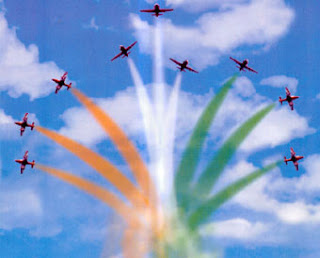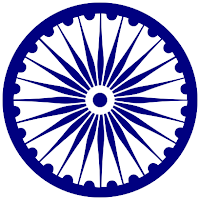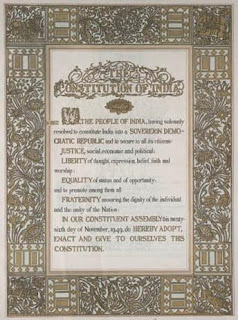Hum bulbulein hai us ki ye gulistaan hamara
Gurbat mein ho agar hum, rehti hai dil vatan mein
Samjho vahin hame bhi dil ho jahaan hamara
Parbat woh sabse ooncha, hamsaya asman ka
Woh santari hamara, woh pasbaan hamara
Godi mein khelthi hai us ki hazaaron nadiyaan
Gulshan hai jin ke damse rask-e jinaan hamara
Ai ab-e rudhe ganga! Woh din hai yaad tujhko
Uthra tere kinare jab karva hamara

Hindi hai hum watan hai hindustan hamara
Yunan-o-misr-o-rooma sab mit gaye jahan se
Ab tak magar hai baqi naamo nishaan hamara
Kuch bat hai ki hasti mitti nahin hamari
Sadiyo raha hai dushman daur-e zama hamara
Iqbal! koi mahram apna nahin jaha me
Maaloom kya kisi ko dard-e nihaan hamara
Saare jahan se achcha hindustan hamara
Hum bulbulein hai us ki ye gulistaan hamara










